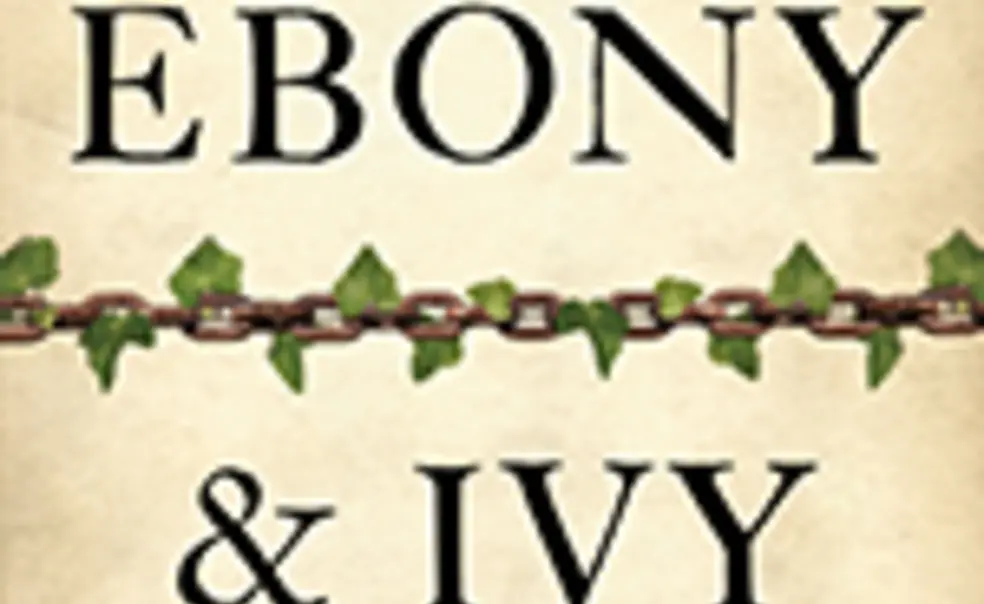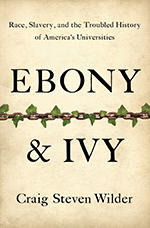Wilder Explores Universities’ Early Ties to Slavery
Colleges that succeeded in the American Colonial period were reliant on slavery and the slave economy of the Atlantic world, Craig Steven Wilder said in a Feb. 25 campus lecture about his recently released book, Ebony and Ivy: Race, Slavery, and the Troubled History of Americaâs Universities. Wilder, a professor of American history at MIT, joined Princeton history professor Martha Sandweiss in a conversation as part of the Carl A. Fields Centerâs Black Heritage Month.
The history of the elite colleges of the Northeast is inextricably linked with the slave economy, Wilder said. âWe donât expect to look at colleges and see slavery â and thatâs precisely why looking at colleges and seeing slavery is valuable, because in fact we start to see just how central the African slave trade was to the Atlantic economy and to the rise and sustenance of the English Colonies in the Americas.â The publishing of Wilderâs book, a labor of 11 years, comes at a time when American colleges are increasingly interested in addressing their own complicated entanglement with slavery. Sandweiss has taught a course called âPrinceton in Slavery,â in which students conduct close examinations of texts to uncover Princetonâs relationship to the institution of slavery. Harvard, Yale, Brown, and the College of William & Mary, among others, have undertaken similar projects. Each chapter of Wilderâs book brings a different college to the fore in an attempt to show that the interconnectedness of higher education and slavery was not unique to any of them. For Princeton, Wilder argues that the âgenealogy of the Witherspoon family itself becomes central to [President John Witherspoonâs] strategy for saving the university and for establishing himself.â To do so, Witherspooon forgoes New England and âlooks into the West Indies where his brother is, and he attempts to create new networks that will produce both donations and students over time.â The story of Witherspoonâs funding efforts in the Carolinas, Georgia, and the West Indies is indicative of âthe ways in which colonial institutions negotiated the Atlantic economy in order to survive,â Wilder said. Wilder hopes that his book â and the research undertaken by individual schools and their students â will inspire colleges to speak more openly about their historical relationships to slavery. Likewise, Sandweiss wants every Princeton student âto understand what happened at this place.â That means ânot just [that] the Continental Congress met in Nassau Hall, but that it is perhaps the case that every early student who came here in the 18th century and the early decades of the 19th century was first greeted by an enslaved person when they presented themselves to the presidentâs house on Nassau Street.â












No responses yet